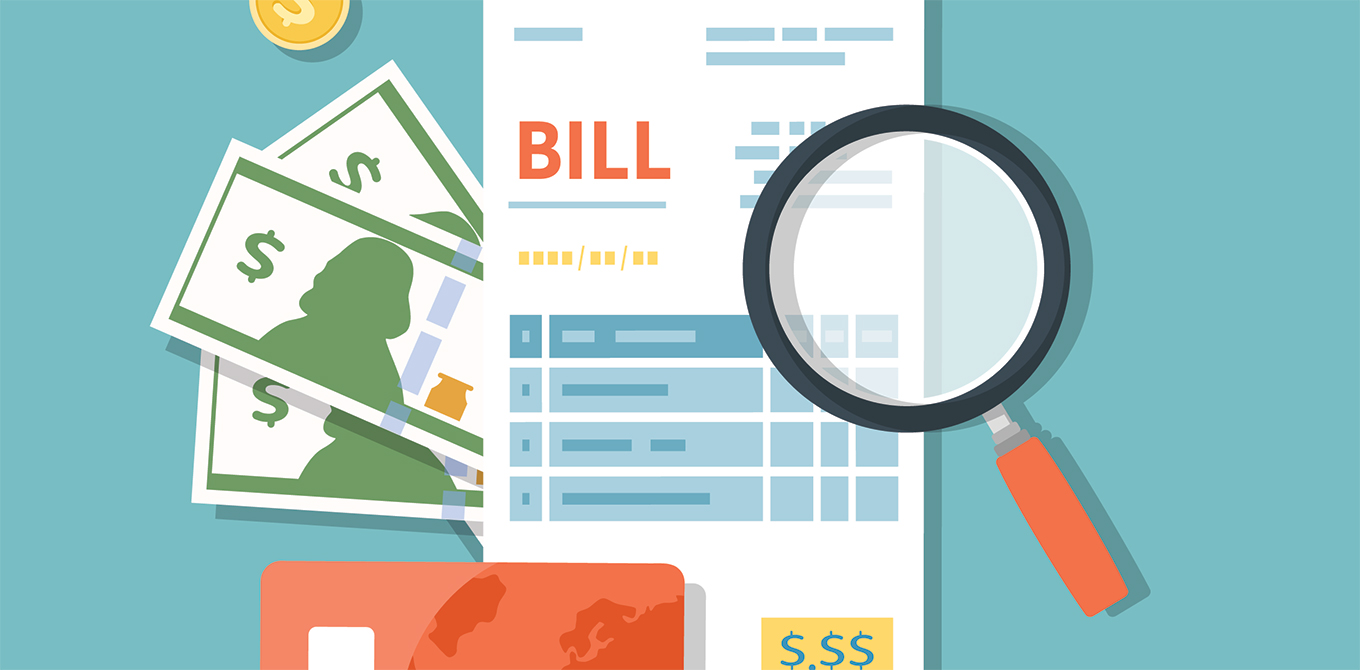Budgeting tips for life after college graduation
One day you're tossing your graduation cap in the air, and the next day, you’ve moved on to the next phase of your life. Lots of things will be different after graduation, so it’s crucial to start with a budget that will transition with you.
If you are starting a new job, you may have more income than ever before — but also more expenses. For too many new grads, spending outstrips new income, resulting in too much debt. If you’ve graduated and are still on the job hunt, it’s even more critical to create and stick to a budget, and you’re not alone, more than 45% of 2020 graduates were still looking for work as of May 2021.
Below is a sample budget for a new graduate earning $55,000 a year. That's just about the average starting salary for the class of 2020.
Needs, Debts, Savings, and Wants
Depending on what state you live in, gross income of $55,000 a year turns into take-home pay of around $3,000 per month.
How much of that can you spend on each expense? The Consumer Financial Protection Bureau recommends the 50/20/30 rule: Spend half your take-home pay on needs, 20 percent on savings and paying off debt, and no more than 30 percent on things you want.
Budgeting right now
Since beginning the next phase in your life, there are things you'll have to spend on right away. Here's a look at your set-up costs through the lens of the 50/20/30 rule.
1 . Needs: 50 percent
In this sample budget, half your monthly paychecks amount to $1,500. You'll allocate most of that to housing, transportation, and food. This budget assumes that your healthcare costs are covered by insurance premiums taken out of your pay by your employer.
Housing: $700
Housing prices vary starkly by region. But in most markets, $700 a month will get you somewhere to sleep. If your new job is close to larger cities like Philadelphia or Baltimore, it may mean sharing an apartment with roommates and commuting. In more rural areas, chances are you can afford a one-bedroom apartment.
Transportation: $500
The average household in your income range spends 16 percent of their take-home pay getting around, according to the U.S. Dept. of Transportation.
In a big city, you might only need a subway pass. But for most Americans, transportation means owning a car. After paying for gas (average of $80 - $100 a month depending on location) and insurance (average $133 per month), you may have around $250 left to spend on car payments. Likely, you’re looking at a used car or possibly a lease.
Food: $300
The U.S. Dept. of Agriculture publishes a monthly food plan which suggests how much money Americans should spend on food each month. Costs range from $225 to $350 a month. If you watch your spending at the grocery store, you can save some of your food budget for eating out.
2. Debt and Savings: 20 percent
The 50/20/30 rule allocates 20 percent of your take-home pay for debt and savings.
Debt (Student Loans): 13.5 percent, or about $400
The average monthly student loan payment is about $400.
What if you have more student loan debt than average, or if you graduated with a credit card balance on top of school loans? If that's the case, you're going to have to shave a few dollars off other categories until those debts are paid.
Savings: 6.5 percent, or about $200
Where do you see yourself in five years? Your savings are what will take you from here to there. The easiest way to keep saving every month is to set up an automatic transfer from your checking account to a savings account. That way, you're not tempted to spend it.
What to save for? First, build an emergency fund. Once that's in place, you might choose to save for a house or go back to school for an advanced degree.
3. Wants: 30 percent
Adulthood isn't only hard work and paying bills. If you can keep your spending on necessities and loan payments to the amounts above, you should have as much as $900 a month to spend on things you want.
This money might go toward new furnishings (no more curb couches for you), nights out with friends, or a weekend getaway. It's your choice!
Of course, if your expenditures for essentials are greater than average, that leaves less fun money. Game night, anyone?
Budgeting For Your Long-term Future
It may seem like a lifetime away — ok, it is a lifetime away — but one day you will retire, and you'll need income to support yourself in that part of your life.
Good news! In this budget plan, you don't have to think about saving for retirement when paying your bills. This assumes you're putting money into a retirement account each month before you even get paid via a 401(k) through work. However, as you move on in your career and start earning more, it’s a good idea to set up additional retirement savings outside of a 401(k) including an IRA which provides tax benefits.
The Real World
When you write a budget, every dollar falls into a neat category. In reality, you might have to spend more money on housing than average. Or you might find out your new office offers catered lunches and end up saving big on food. And every month is a little different from the last.
But with customization and flexibility, this budget should help you smoothly transition from campus life to real life with minimum friction.




